What the Right to Disconnect laws mean and how you can manage them
While the details are still being worked out, one thing is clear: as the new Right to Disconnect laws come into effect in Australia, workers at businesses with more than 15-employees will have a new right to refuse contact outside their working hours.
So what does this really mean for employers and their employees?
Basically, an employer isn't able to contact an employee outside of working hours anymore unless it's deemed ‘reasonable’ for them to do so.
The laws do not prohibit an employer contacting or attempting to contact an employee – they have introduced a new right for employees to refuse to monitor, read or respond to contact from an employer or a third party outside of their working hours unless that refusal is ‘unreasonable’.
When working out whether an employee’s refusal is unreasonable, the following factors must be considered:
- the reason for the contact
- how the contact is made and how disruptive it is to the employee
- how much the employee is compensated or paid extra for:
- being available to perform work during the period they're contacted, or
- working additional hours outside their ordinary hours of work
- the employee’s role in the business and level of responsibility
- the employee’s personal circumstances, including family or caring responsibilities.
Other matters may also be considered.
It will be unreasonable for an employee to refuse to read, monitor or respond if the contact or attempted contact is required by law.
Also, employees can’t be disciplined or let go for refusing contact outside of work hours.
These rules are designed to make it easier for employees to 'switch off' and avoid working overtime without pay, especially those with family and carrer responsibilities.
The rules should also empower employees to establish a better work-life balance, like in nations like Belgium and France, where such rules already exist.
Recent polls conducted by Edge Recruitment partner people2people recruitment reveal 78% of employees say they are more likely to work for companies with clear Right to Disconnect policies.
Australian employees and businesses have expressed concerns when it comes to its implementation and management.
“From an employee perspective, I know first-hand how difficult it can be to set clear boundaries, especially when you work from home, with overseas teams or teams with flexible work hours,” said Peta Seaman, Managing Director of Edge Recruitment.
The people2people recruitment survey also revealed Australians’ main concern as employers will most likely be the difficulty to enforce such rules (62%), followed by the impact on work culture (15%), on productivity (12%) and collaboration (11%).
“While enforcing the Right to Disconnect might be challenging both for employers and employees at the start, it is positive news and will benefit employees’ work-life balance and mental health,” added Peta.
“While there are concerns about implementation and the potential impact on work culture, these laws offer an opportunity to create a more respectful and supportive workplace. By taking proactive steps, both employers and employees can successfully navigate this transition and enjoy the benefits of a more balanced and fulfilling work life.”
5 tips for employers to implement the Right to Disconnect:
- Communicate, communicate, communicate! Ensure that your right to disconnect policy is clear and easily accessible to all employees, and ensure management communicates it on a regular basis.
- Provide training sessions. Provide training sessions for management and staff on the new laws, emphasising the importance of respecting personal time and the benefits of a healthy work-life balance.
- Lead by example, always. Promoting a culture that values work-life balance can’t happen if management doesn’t follow it in the first place. Encourage all employees to fully disconnect after working hours.
- Monitor and adapt. Your first policies will most likely need a review as your company learns better ways to enforce the Right to Disconnect. Gather feedback from employees and be open to making adjustments that better serve the team.
- Use technology wisely. Implement tools that support the right to disconnect, such as email or messaging systems that can schedule communications during work hours or automatically notify senders that recipients are unavailable outside of these hours.
4 tips for employees to manage the Right to Disconnect:
- Set your own boundaries. Communicate your working hours to your team and ensure that you stick to them. If you’re working flexible hours, clarify how and when you can be reached.
- Respect your team’s boundaries. The Right to Disconnect will only work if everyone respects each other’s work hours. Avoid sending emails or messages to your colleagues outside of their work hours when possible.
- Prioritise tasks. Focus on completing your most critical tasks during your designated work hours. Proper time management will reduce the need to work outside of these hours.
- Take advantage of technology. Use tools like auto-responders or status updates to indicate when you are offline. This helps set expectations and reinforces your right to disconnect.
The new laws will come into effect for small businesses (14 or fewer employees) from Tuesday August 26, 2025.
You can find out more in the Department of Employment and Workplace Relations' fact sheet and The Fair Work Commission's educational materials about the right to disconnect.














